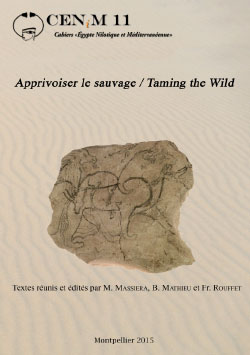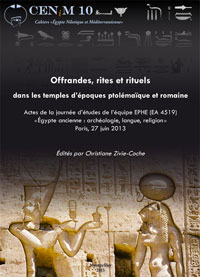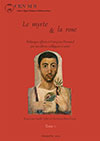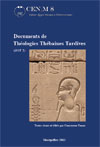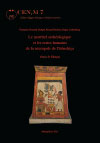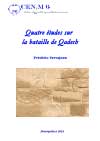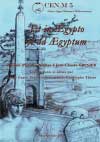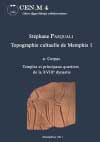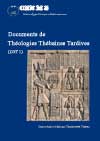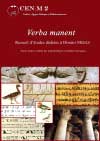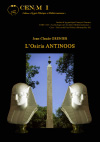| 2009 | Situlen in Archäologie und Kulturgeschichte. Zusammenfassungen der Vorträge auf der internationalen Table Ronde, Morbach, 1. Mai 2009 (Leipzig 2009).
Referenten: Rosemarie Cordie, Wolf-Rüdiger Teegen, Otto-Herman Frey, Anton Kern, Otto H. Urban, Michael Klein, Stéphane Verger, Leonie Carola Koch, Ulrike Körner, Wolfgang David, Hans Nortmann, Andrei Miron | Online-Beiträge32 |
| 2009 | Wolf-Rüdiger Teegen/Rosemarie Cordie/Marco Schrickel/Felix Fleischer/Jan König/Dominik Lukas/Jörg Frase, Prospektion einer Villa rustica bei Wederath, Flur Kleinicher Berg (Gde. Morbach, Kr. Bernkastel-Wittlich, Rheinland-Pfalz) (Leipzig 2008). | Online-Beiträge31 |
| 2008 | Sabine Rieckhoff, Geschichte der Chronologie der Späten Eisenzeit in Mitteleuropa und das Paradigma der Kontinuität (Leipzig 2008). | Online-Beiträge30 |
| 2008 | Germo Schmalfuß, Das Gräberfeld Battaune, Kr. Delitzsch in Sachsen. Ein jüngstbronzezeitliches Gräberfeld der Lausitzer Kultur - die Ergebnisse der Grabungen von 1974/75 (Leipzig 2008). | Online-Beiträge29 |
| 2007 | Wolf-Rüdiger Teegen/Rosemarie Cordie/Marco Schrickel/Dominik Lukas/ Erica Camurri/Jan König/Jörg Frase/Jan Ramsch, Prospektion im Tempelbezirk 3 des römischen vicus Belginum (OT Wederath, Gde. Morbach, Kr. Bernkastel-Wittlich, Rheinland-Pfalz) (Leipzig 2007). | Online-Beiträge28 |
| 2007 | Ilona Becker, Die Pferde aus dem sächsischen Gräberfeld Rullstorf (Ldkr. Lüneburg) - eine anatomisch-paläopathologische Untersuchung und ein Vergleich mit rezenten Pferdepopulationen (Leipzig 2007). | Online-Beiträge27 |
| 2007 | Susanne Grunwald, Sammeln in Leipzig - Zur Geschichte der archäologischen Lehrsammlung der Leipziger Professur für Ur- und Frühgeschichte (Leipzig 2007). | Online-Beiträge26 |
| 2007 | Matthias Conrad, Glockenbecherzeitliche Gräber in Nordwestsachsen - Vom Becher(-n) zur Tasse (Leipzig 2007). | Online-Beiträge25 |
| 2007 | Janine Fries-Knoblach, Von Schwellbalken und Telegraphenmasten. Überlegungen zur Gründungsweise und Lebensdauer eisenzeitlicher Holzgebäude (Leipzig 2007). | Online-Beiträge24 |
| 2006 | Wolf-Rüdiger Teegen/Rosemarie Cordie/Marco Schrickel/Dominik Lukas/Erica Camurri, Prospektion einer Villa rustica bei Wederath, Flur Hinterm Klop (Gde. Morbach, Kr. Bernkastel-Wittlich, Rheinland-Pfalz) (Leipzig 2006). | Online-Beiträge23 |
| 2006 | Caroline von Nicolai, Sakral oder profan? Späteisenzeitliche Einfriedungen in Nordfrankreich und Süddeutschland (Leipzig 2006). | Online-Beiträge22 |
| 2006 | Hans-Jörg Frisch/Wolf-Rüdiger Teegen, Osteologische Untersuchungen an rezenten Tierknochen aus der Küstensiedlung Caletones auf Kuba. Ein Beitrag zur Ethnoarchäologie (Leipzig 2006). | Online-Beiträge21 |
| 2006 | Antje Theel, Die Rekonstruktion von Sozialstrukturen am Beispiel des so genannten Fürstengrabes von Hochdorf (Baden-Württemberg). Ein Beitrag zur Anwendung ethnologischer Modelle in der archäologischen Theoriediskussion (Leipzig 2006). | Online-Beiträge20 |
| 2006 | Alexander Gramsch, Eine kurze Geschichte des archäologischen Denkens in Deutschland (Leipzig 2006). | Online-Beiträge19 |
| 2006 | Serena Sabatini, The house urns of the "Sammlung Ur- und Frühgeschichte" at the University of Leipzig (Leipzig 2006). | Online-Beiträge18 |
| 2005 | Uwe Petzold, Artefakte aus organischem Hartmaterial aus mitteldeutschen schnurkeramischen Gräbern (Leipzig 2005). | Online-Beiträge17 |
| 2004 | Felix Fleischer/Wolf-Rüdiger Teegen (Hrsg.), Zur Eisenzeit zwischen Burgund und Osteuropa. Kolloquium zu Ehren von Prof. Dr. Sabine Rieckhoff. Zusammenfassungen der Vorträge und Poster (Leipzig 2004) | Online-Beiträge16 |
| 2004 | Felix Fleischer/Wolf-Rüdiger Teegen (Hrsg.), Miszellen zur Eisen- und Römerzeit für Prof. Dr. Sabine Rieckhoff von ihren Mitarbeitern und Schülern. Zusammenfassungen der Poster (Leipzig 2004). | Online-Beiträge15 |
| 2004 | Rosemarie Cordie (Hrsg.), Zusammenfassungen der Vorträge und Poster der Internationalen Tagung "50 Jahre Grabungen und Forschungen in Belginum" (Leipzig und Morbach 2004). | Online-Beiträge14 |
| 2004 | Birgit Lißner, Zu den frühbronzezeitlichen Gruppen in Süddeutschland (Leipzig 2004). | Online-Beiträge13 |
| 2004 | Manfred Rösch, Neue Forschungen zur Umwelt und Ernährung der Pfahlbaubewohner aus Südwestdeutschland (Leipzig 2004). | Online-Beiträge12 |
| 2004 | Uta Halle, Lettern - Kacheln - Uhren - Pfeifen. Der Anbruch einer neuen Zeit im Spiegel archäologischer Quellen (Leipzig 2004). | Online-Beiträge11 |
| 2004 | Karin Reichenbach, Sicheln als mittelalterliche und neuzeitliche Grabbeigaben in der Slowakei (Leipzig 2004). | Online-Beiträge10 |
| 2004 | Jochen Fahr, Zu einer bisher unbekannten mittelalterlichen Wüstung bei Großzöberitz, Ldkr. Bitterfeld (Sachsen-Anhalt) (Leipzig 2004). | Online-Beiträge09 |
| 2003 | Doreen Mölders, Die handwerkliche Produktion im Oppidum Bibracte-Mont Beuvray (Frankreich) des 2. und 1. Jahrhunderts v. Chr. im Spiegel der eisernen Werkzeuge und Werkabfälle aus den Grabungen von Jacques-Gabriel Bulliot zwischen 1867 und 1895 (Leipzig 2003). | Online-Beiträge08 |
| 2003 | Jörg Ewersen, Ein Huhnnachweis und andere Tierknochenfunde aus dem spätkaiserzeitlichen Gräberfeld Hemmoor II (Ldkr. Cuxhaven) (Leipzig 2003). | Online-Beiträge07 |
| 2003 | Ulrich Schmölcke /Marle Breede /Nadine Friedhoff, Tierreste aus mittelalterlichen und frühneuzeitlichen Kloaken und anderen Entsorgungsanlagen in Güstrow (Grabung "Am Wall 3-5") (Leipzig 2003). | Online-Beiträge06 |
| 2003 | Barbara Dammers, Hinkelstein - Großgartach - Rössen. Zum Mittel-neolithikum in Rheinhessen (Leipzig 2003). | Online-Beiträge05 |
| 2003 | Wolf-Rüdiger. Teegen/Michael Schultz, Eine Schipperfraktur aus dem sächsischen Gräberfeld um St. Kilian in Höxter (8. Jh.) (Leipzig 2003). | Online-Beiträge04 |
| 2003 | Wolf-Rüdiger. Teegen/Michael Schultz, Geschlechtsabhängige Arbeitsverteilung in slawischen Gräberfeldern nach Aussage der Gelenkerkrankungen (Leipzig 2003). | Online-Beiträge03 |
| 2003 | Susanne Grunwald, Zur Wechselwirkung zwischen ethnischer Deutung und archäologischer Methode am Beispiel der ur- und frühgeschichtlichen Wallanlagen in Sachsen (Leipzig 2003). | Online-Beiträge02 |
| 2003 | Martina Schäfer, Rechts, Links, Geradeaus? Zum Sprachduktus deutscher Prähistoriker zwischen 1935 und 1965 (Leipzig 2003). | Online-Beiträge01 |









































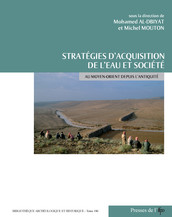
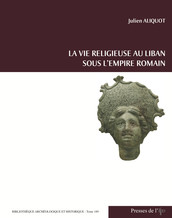





















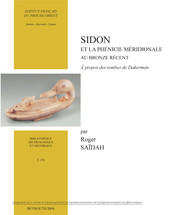


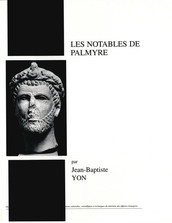



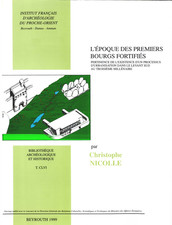




























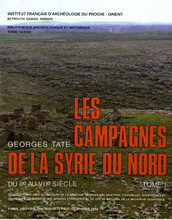
























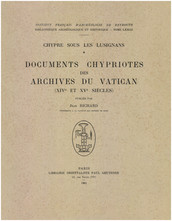


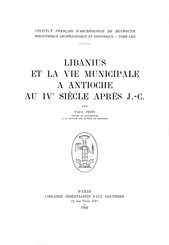










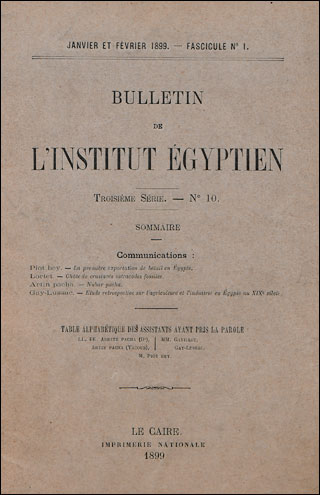
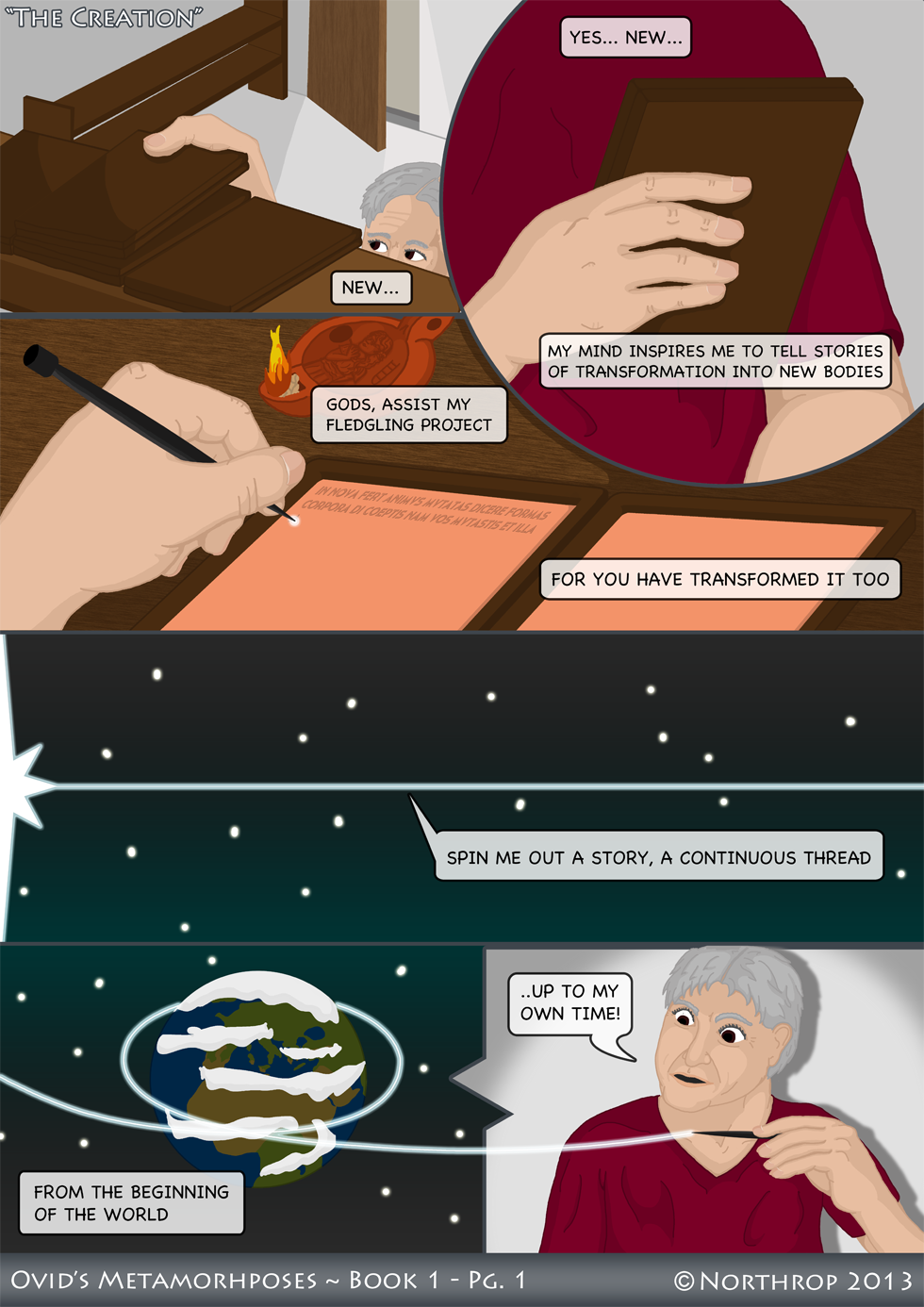





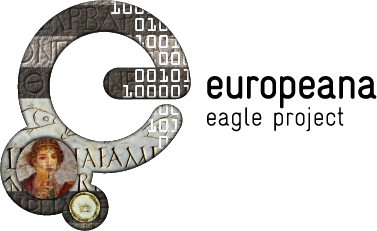
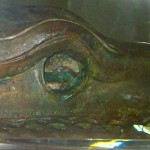
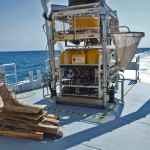

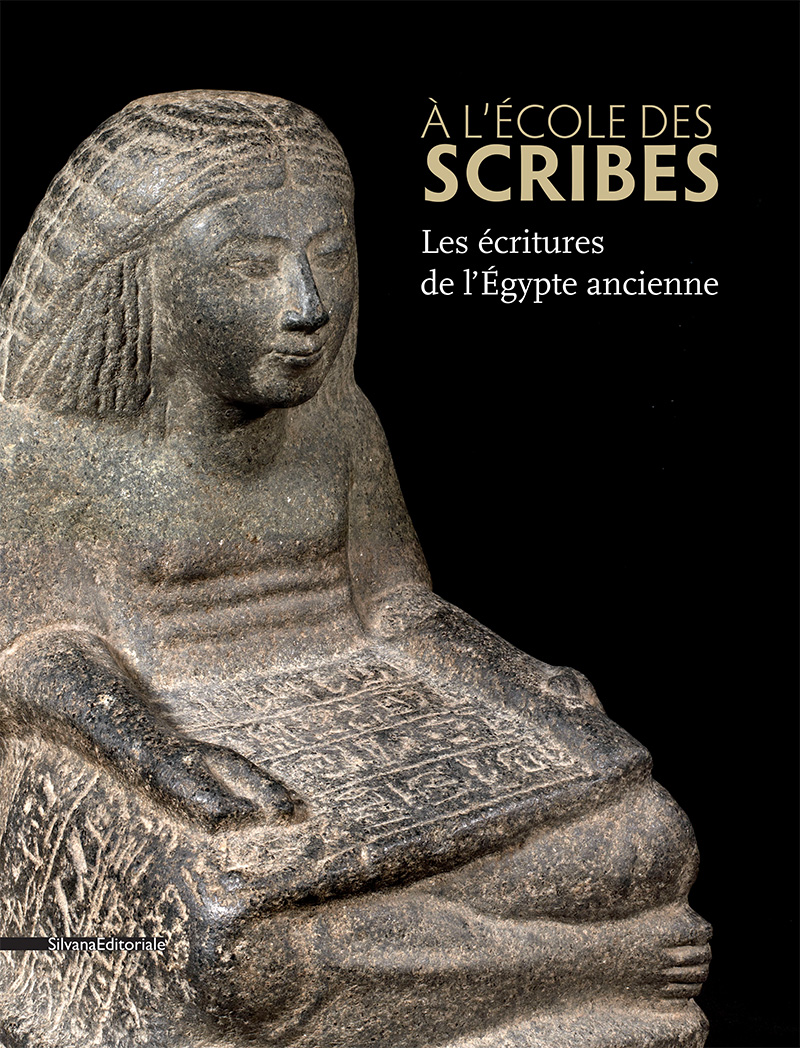
 Table des matières au format PDF
Table des matières au format PDF  Commander cet ouvrage : edition.enim@gmail.com
Commander cet ouvrage : edition.enim@gmail.com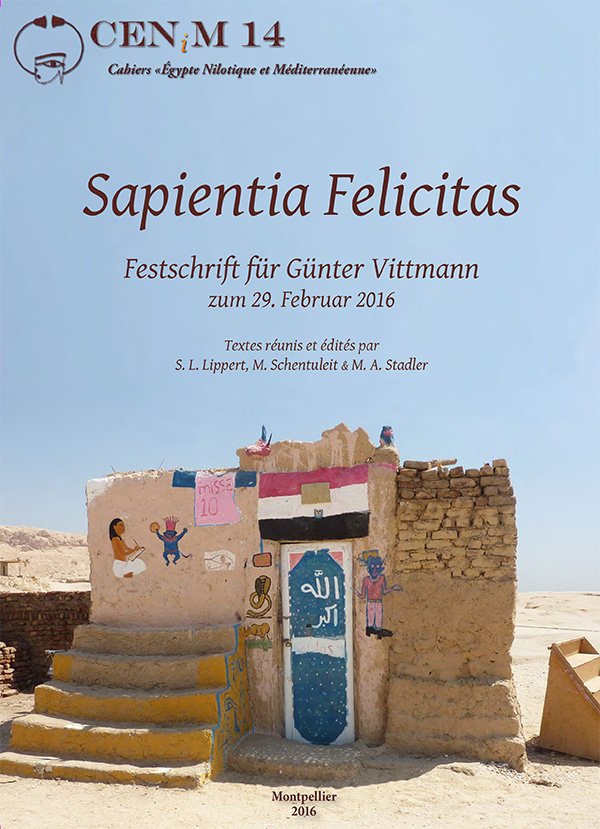
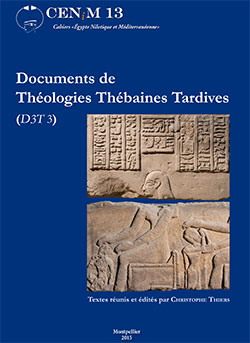
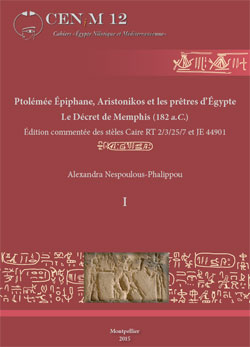
 Consulter cet ouvrage
Consulter cet ouvrage 